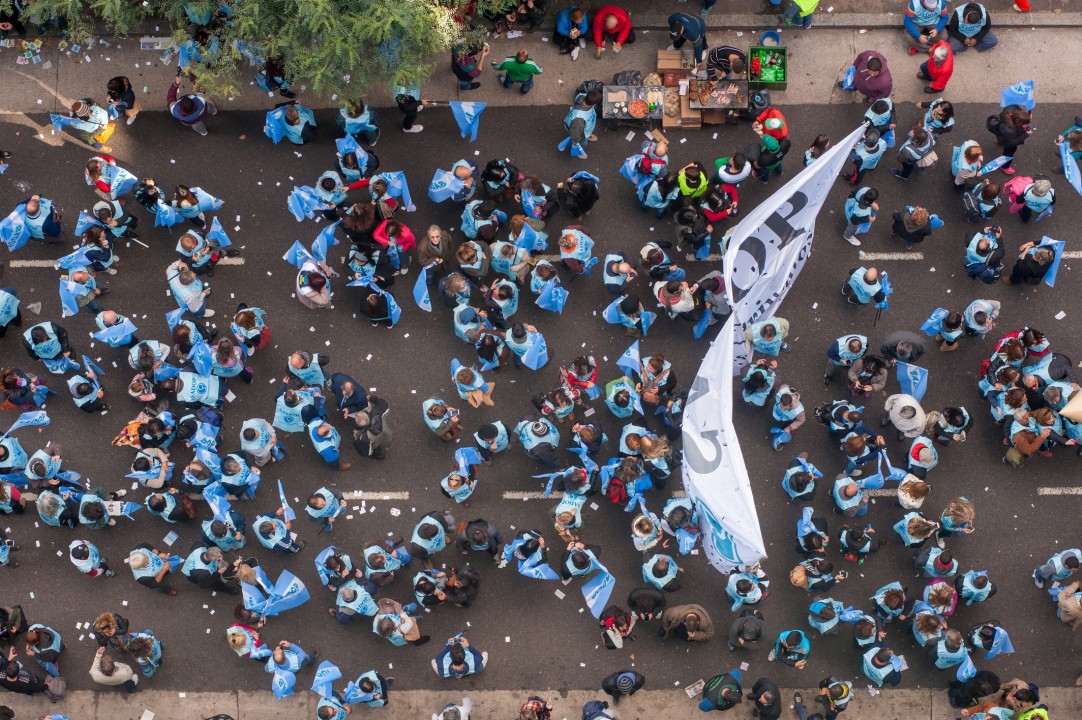Kemper seeks to mitigate the impact of its financial loss by implementing personal insurance exits and undertaking supplementary measures.

According to the CEO of Kemper Corporation, the company anticipates attaining an underwriting profit during the latter half of 2023. This projection follows the disclosure of a net operating loss of $16.9 million in the second quarter, as well as the decision to discontinue its involvement in the preferred home and auto insurance market.
The property and casualty (P&C) business of the insurer, comprising of eight underwriting businesses and producing around $500 million in written premium, has been undergoing a strategic evaluation since November 2022.
According to James McKinney, the Chief Financial Officer of Kemper, the process of winding down the business will facilitate the reallocation of over $300 million in capital to Kemper’s main businesses.
According to Kemper president, CEO, and chairman Joe Lacher, Kemper’s actions are occurring in a highly disrupted personal lines environment, which he considers to be the most disruptive environment the company has ever encountered. Lacher made these remarks during the insurer’s Q2 earnings call.
Kemper is now implementing measures to address the substantial disaster risks associated with their personal lines portfolios. Prominent entities, like State Farm and All State, have implemented a cessation of new policy sales in the state of California. Additionally, Farmers Insurance has declared its intention to restrict the acquisition of new clientele inside the region. Nationwide Insurance implemented comparable remedial measures throughout its personal and commercial sectors.
The financial performance for Kemper in the second quarter of 2023.
Kemper’s financial performance for the second quarter revealed a continued deficit, as seen by a net loss of $97.1 million. This is an increase in losses compared to the same time in the previous year, which reported a net loss of $72.2 million.
The financial statement reported a net loss of $45.5 million, which was primarily attributed to a goodwill impairment charge related to the strategic evaluation of the preferred property and casualty division.
According to the company’s statement, further challenges were encountered, including a total of $39 million in pre-tax current year catastrophic losses and $26 million in unfavourable reserved development.
According to James McKinney, the chief financial officer of Kemper, the negative trend was predominantly influenced by incidents of bodily harm and property damage that occurred in the latter part of 2022. These incidents were attributed to shifts in patterns throughout the second and third quarters of 2022.
Nevertheless, there was a sequential improvement in the underlying combined ratios. Specifically, the specialised property and casualty (P&C) combined ratio dropped to 102% in comparison to 108.8% in the second quarter of 2022. Similarly, the preferred P&C combined ratio improved to 95.6% from 105.3% in the second quarter of 2022.
According to Lacher, although our financial performance in the initial half of 2023 did not meet our predetermined objectives, we are certain that the measures we have implemented and are still implementing will enable us to thrive in this challenging context.
Lacher identified alterations in consumer behaviour as a contributing factor to the difficulties encountered by insurance firms such as Kemper.
According to the individual, the sector relies on conventional historical patterns to forecast future behaviour, but these patterns are currently yielding outcomes that deviate from their customary historical norms. This variability is observed across various dimensions of consumer behaviour. Several instances encompass purchasing triggers, price elasticity, shifts in driving patterns, inclination to pursue medical treatments, car repair, and the inclination to engage in litigation.
These alterations in patterns are further intensified by subsequent significant fluctuations in the behaviour of competitors. It is anticipated that this prevailing environmental condition would persist for a minimum duration of two years. In a similar vein, this has resulted in the emergence of a challenging market that is expected to endure for a prolonged duration.
Notwithstanding this perspective, Lacher informed analysts that he holds the belief that Kemper is well-equipped to handle this context because to its specialised industry knowledge and an agile and effective operational framework.
Additionally, the corporation has sought to invest in technology and data analytics, as stated by Lacher.
According to Lacher, our primary objective is to attain the desired level of returns. To do this, we are dedicated to directing our efforts and resources towards enabling this goal. Ultimately, our aim is to position ourselves in a manner that allows for profitable and secure growth, while ensuring the timing is appropriate.
The objective of this endeavour is to restore Kemper to a state of financial viability.
According to Lacher, the organisation is making progress towards achieving the advantages of many strategic objectives and generating substantial value for stakeholders.
Lacher informed analysts that the company maintains its previous statement regarding the anticipation of attaining an underwriting profit in the latter part of 2023. Furthermore, for the year 2024, the company anticipates generating a return on equity that is either equal to or above 10%.
In addition to the determination regarding its favoured property and casualty enterprise, Kemper, headquartered in Chicago, has obtained authorization from the Illinois Department of Insurance for the establishment of its reciprocal entity.
According to McKinney, the company anticipates engaging in reciprocal commercial activities throughout the third quarter.
Furthermore, Lacher reports that the second phase of Kemper’s Bermuda optimisation endeavour is surpassing the initial benefit expectations.
According to McKinney, the Bermuda optimisation programme, which was initiated in 2022, is anticipated to yield a greater amount of life dividend to the parent company. It is anticipated that a minimum of $200 million will be disbursed by the conclusion of the current calendar year, representing an increase from the previously stated amount of $100 million.
The implementation of the aforementioned measures, in conjunction with the discontinuation of preferred home and vehicle services, is intended to provide financial efficiencies for Kemper and facilitate the expansion of its specialist auto and life divisions, hence enhancing profitability.
“We prioritise the optimisation of shareholder value, which commences by restoring the business to a state of profitability,” stated Lacher.
The substantial advancements made during this fiscal quarter serve as empirical evidence that the strategic measures implemented have successfully yielded the desired results. Simultaneously, we are making progress in our efforts to improve Kemper’s strategic and financial position in the long term.
What is your analysis of Kemper’s departure from the preferred home and auto insurance market? Please provide your response in the comments section.



